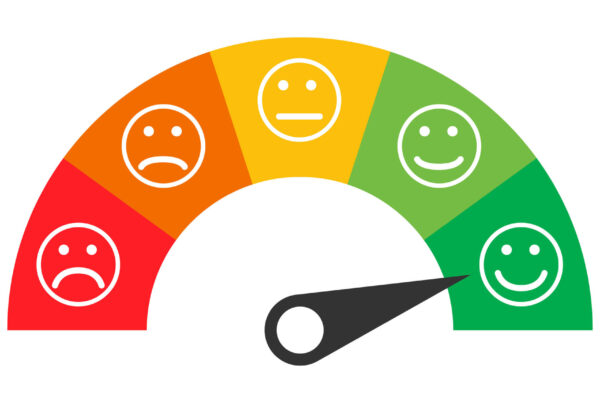Last Updated on June 5, 2023 by Dave Schoenbeck
When it comes to advertising, small business owners tend to work hard on a short, focused list of marketing initiatives that are most familiar to them. As a result, they miss a more strategic viewpoint about how to shape their brand image.

Branding for small businesses is more than just a trendy concept—it’s an essential component of marketing that can help you handle what your business is all about. Therefore, investing time and effort into nailing your branding strategy is worthwhile. I have collaborated with a friend and branding expert, Mike Graham. Mike is the founder & creative strategist of the branding agency Second Melody. Here’s what you need to know about small business branding.
How to Create a Brand Identity
Business branding starts by differentiating your business. What sets your business apart from others? A brand identity is composed of the visual elements that make up a brand and distinguish it in the minds of your customers, such as fonts, colors, and tone. The idea is to objectively see how you fit in the marketplace and how people see your brand.
For example, the colors and logo immediately come to mind when considering Coca-Cola. Even though Coca-Cola has different flavors, each can is recognizable and uses the same font and color scheme. You want your brand to be equally identifiable to your target customer.
Business owners should study their strengths, weaknesses, opportunities, and threats. To do this, conduct a SWOT analysis (I have a blog post about that here.) Once you know what you bring, you can determine your ideal customer. Having a clear view of who you’re targeting with your marketing initiatives is essential.
After you know your brand identity, you can proceed with your business branding.
Business Branding Ideas
Business branding is made up of two critical components. The first is messaging (how you talk about who you are, and the second is visual identity. Each part is unique and equal and should always be synchronized. They don’t work without each other. In addition, both must be an accurate representation of your company. If they aren’t in synch, your brand messaging will be disjointed and confusing to your target audience.
Create three messaging pillars: your brand’s principles and descriptive messages that communicate what makes your business unique. These pillars shape and benchmark all marketing and messaging and set the tone for core branding elements and future marketing campaigns. First, write down the three words representing your brand and the ideas you won’t sacrifice or modify. Then, ask yourself if everyone at your company believes it describes and defines them. Those words must be who you are today, not what you hope to achieve.
The next step is to craft a company narrative. This combines your vision, mission, and values written into a short story about your company. Your narrative should be easily understood and endorsed by your customers, audience, and employees. Essential components include one sentence that emotionally describes everything about your brand. Next, add a sentence about your products and services and why they are unique. Finally, add your perspectives or philosophies that make you unique. Don’t be afraid to add examples. Be sure to craft your promise, why your company exists, and who benefits from your business.
Finally, create your visual identity. Using your messaging, make how your messaging pillars should be portrayed in your logo, colors, fonts, images, icons, sales materials, social media styles, and internal communications.
Once you have created a brand identity, you can use it to improve your marketing materials and create a cohesive experience for your potential customers. Here are 3 small business branding ideas to consider:
Hire a creative professional branding agency or graphic designer to create a style guide that brings consistency to your brand assets. For example, your logo, website, graphics, fonts, icons, colors, sales collateral, social media styles, internal communications, and brand voice should all go together.
Create free content on social media that your prospects are interested in and value, such as blogs, vlogs, e-books, etc. This will help you establish yourself as a thought leader in your industry and build trust with your audience.
Stay consistent. Reference your brand guide for all your materials and maintain a constant presence on your social media channels. If you stop posting regularly or post something off-brand, you’ll send mixed signals that dilute your brand image in the minds of your customers.
Small business branding can increase your sales and improve your customer experience, but it takes time to get it down. A business coach can help you organize a plan for your brand identity and generate business branding ideas. Click here to fill out my contact form for a free online coaching session, and we’ll discuss building your brand.
Coach Dave


